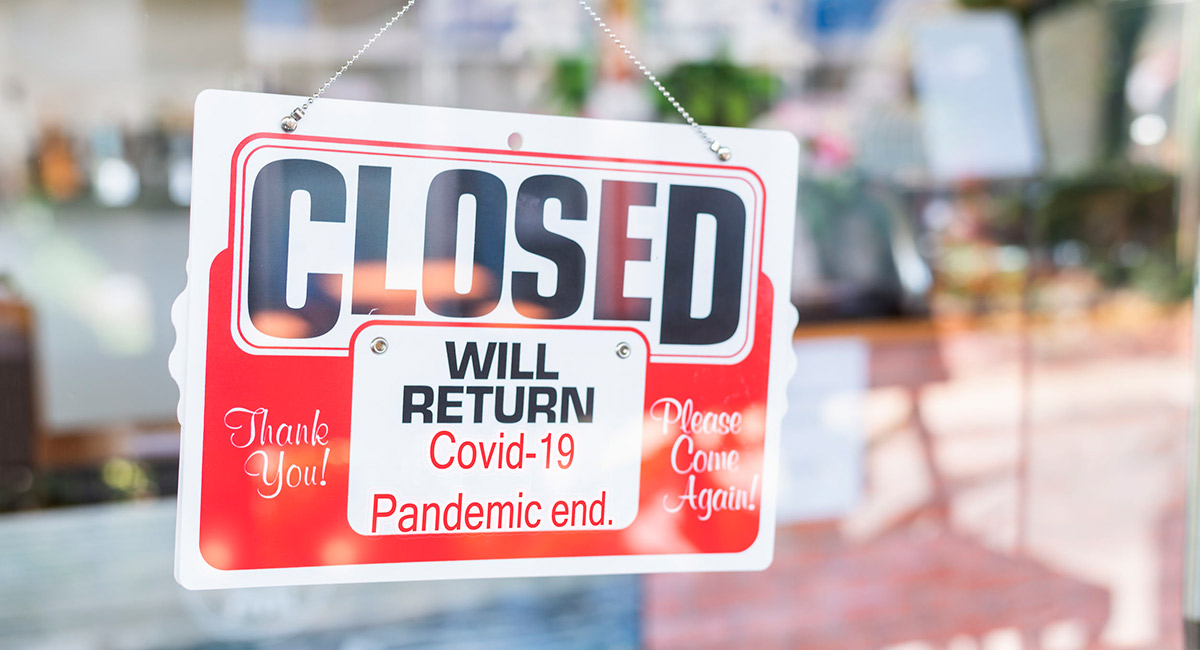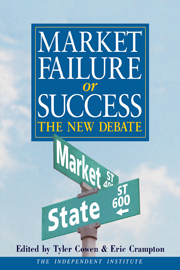As President Biden’s first year of handling the pandemic comes to a close, many of his most ardent critics are pointing to the ugly numbers: More Americans have died from Covid-19 under the current president than under the previous one, despite the prevalence of vaccines and the development of other medical innovations. But as the pandemic’s progression has made clear, public-health officials should aim to do more than merely minimize the spread of disease. They should seek to reduce the total harm caused by both infection and heavy-handed attempts to prevent it.
Reducing the incidence of disease isn’t necessarily desirable if excessive prevention, in the form of lockdowns or school closures, is more costly to society than the damage done by an illness. We don’t close highways to minimize accidental deaths, despite the existence of dangerous drivers. Yet this is exactly what we’re doing when the government intervenes to limit the spread of communicable diseases by, for instance, mandating vaccines that don’t prevent transmission.
The public-health community has proved incapable of quantitatively assessing trade-offs between the harms of prevention and the harms of disease. This has hindered the development of policies that could have minimized the total harm to society from Covid-19. Economic epidemiologists, by contrast, have for decades used quantitative methods to evaluate these harms by looking at them the same way they look at taxes.
The burden of a tax doesn’t fall solely on those who pay it directly. A $1 million tax on airplane tickets would generate no revenue because no one would ever fly again. The mass migration to other forms of travel would impose huge costs on the rest of the transportation industry. Similarly, case counts don’t capture the total burden of a disease. The costs of efforts at avoiding the disease must be quantified and tallied as well.
In early 2020, University of Chicago economists estimated that about 80% of the total damage from Covid came from prevention efforts that hindered economic activity, and only 20% from the direct effects of the disease itself. This analysis motivated me and others to recommend that initial efforts to stop the spread should focus on older people, who are at higher risk of severe illness and not as active in the economy as younger people. This would allow younger people to keep the economy going while limiting the spread of the disease among those most at risk from it. Some in the public-health community, like the signers of the Great Barrington Declaration, eventually saw the light.
My Chicago colleague Casey B. Mulligan has found that total monthly Covid-related harms fell from 2020 to 2021, even as the number of deaths rose. In tax terms, this is an effect not unlike that of the Laffer curve—a lower rate may increase revenue because of growth in the tax base. Similarly, vaccines and treatments reduced the costs associated with getting sick—call it the “disease tax”—but also increased social and economic activity, allowing the infection to spread. Even if the disease tax is paid by more people, the costs are outpaced by the overall benefit derived from the subsequent tsunami of economic activity.
Joe Biden accused President Trump during the campaign of getting Americans killed by refusing to clamp down completely on all economic activity. But the evidence shows that the U.S. experienced lower total harm in 2020 than did the nations of the European Union. Now that he’s been president for a year and presided over so many Covid deaths himself, Mr. Biden surely understands how difficult it is to contain the spread of a highly contagious respiratory disease. He should make the reduction in total harm his administration’s objective now—and that includes the harm done by lockdowns, school closings and unproductive restrictions on economic activity.









